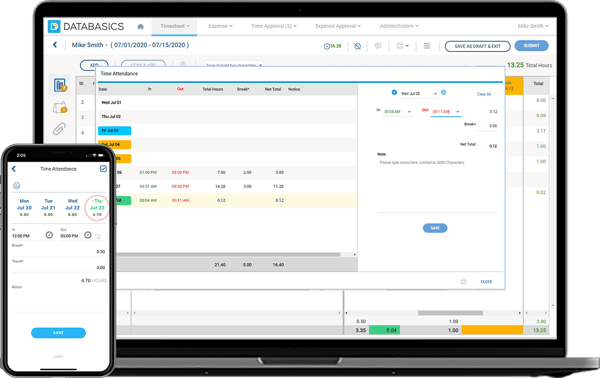
Employees Are Paid To Accomplish Something. How Can We Measure Remote Employee Productivity?
The pandemic has deprived many of us of the in-person presence of our co-workers. We are increasingly aware of how much we depend on interpersonal interactions to maintain a sense of purpose and well-being. Zoom is great, but at the same time, not good enough. We can’t pretend otherwise: the isolation from each other is tough.
For a business, the isolation also means a loss of control. Control is about keeping things on track, fixing what needs fixing and taking advantage of opportunities to improve. Information is clearly fundamental to control but gone are the encounters in the hall and breakroom. We don’t just “drop by” to see each other anymore—we schedule meetings with a topic and agenda. There are countless ways we exchange information informally when we are in each other’s presence that we barely notice, and we miss these sorely when we’re apart.
There are countless ways we exchange information informally when we are in each other’s presence that we barely notice, and we miss these sorely when we’re apart.
One way we can restore some of the control we had in the information-rich office environment is through our software, particularly software that manages employee time and expense reporting. Done right, employee reporting can tell you what your people are doing and how well they are doing it. That would be nice to know, wouldn’t it?
Your software, of course, must be able capture employee activity. This goes beyond assigning pay codes like “Regular,” “Overtime,” and “Vacation” to work hours. Nor will it be enough to categorize a receipt as “Ride Share” or “Meals.” You may need to organize work at a greater level of precision than your organization is accustomed. Daily productivity goals should be set where appropriate so task time can be directly related to what was accomplished. Work requiring extended effort should be identified as a project with stages and a schedule. Travel and other purchases should be related to specific projects or authorizations. The informal channels of communication have dried up, and only detailed reporting of “What were you doing,” “Why” and “For Whom” can even partially compensate.

We don’t, however, promote spying on your employees as a means of control. Counting elapsed time between keyboard clicks or other similar monitoring strategies only increases stress and employee alienation. If that isn’t sufficient reason in itself to refrain from spying, it decreases productivity and increases employee turnover. Measuring employee input is actually a poor substitute for measuring output. We pay employees to accomplish something—not to simply put in time.
We pay employees to accomplish something—not to simply put in time.
With a well-designed time and expense tracking system for your employees, you can better control your business. The demands of the current situation for more detailed, output-oriented information represent an opportunity to think more deeply about what you need from each of your employees. Control now requires a shift from an emphasis on roles to work products, a change that is long overdue.
So, get your time and expense tracking up to speed. Maybe we can all be back together soon.
DATABASICS is driven to meet the most demanding time and expense management challenges through a combination of deep expertise, next-gen technology, and a focus on the unique needs of each customer. Powered by decades of experience, our team delivers world-class time and expense management solutions that are the right choice for today and easily adapt to the uncertainties of tomorrow.
Subscribe to our blog
Recent Posts
Posts by Topics
- Expense Management Software (126)
- DATABASICS (69)
- Time Tracking Software (46)
- Leave Management System (26)
- P-Cards (9)
- Home Healthcare (8)
- Government Contractors (7)
- Nonprofit Organizations (7)
- International Development (6)
- Receipt Management (6)
- Advanced OCR (2)
- CROs (2)
- Staffing Agencies (2)
- Vendor Invoice Management (2)
- Audit Management Software (1)
- Construction (1)
- Field Service Management (1)
- Integration (1)
- Microsoft Dynamics (1)
- Oracle NetSuite (1)
- Partnerships (1)
- Professional Services (1)
Read on

Buyer’s Guide to Timesheet & Expense Reporting Software
Read Now
DATABASICS In Review: 2025's Top Innovations & Most Popular Content
Read Now
Time & Expense Year-End Preparation & New Year Kickoff To-Do List
Read Now
Combating AI-Generated Receipt Fraud with Spend Control
Read NowIRS Mileage Rate 2026 Predictions: Trends, History, EV Costs, and How Companies...
Read Now
DATABASICS Wins Silver In Best In Biz Awards 2025: Celebrating Excellence In...
Read Now
Subscribe to Our Blog
Subscribe to our blog and get the latest in time tracking and expense reporting news and updates.